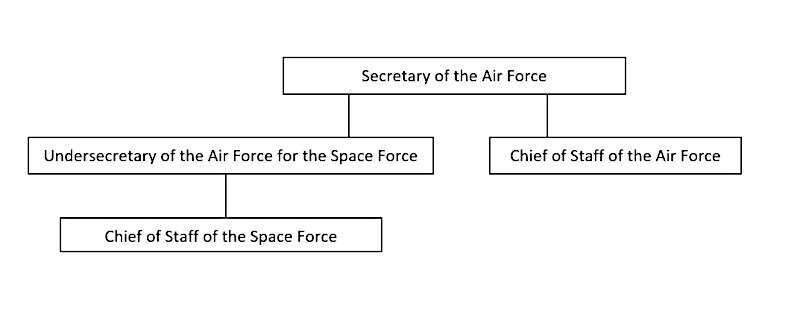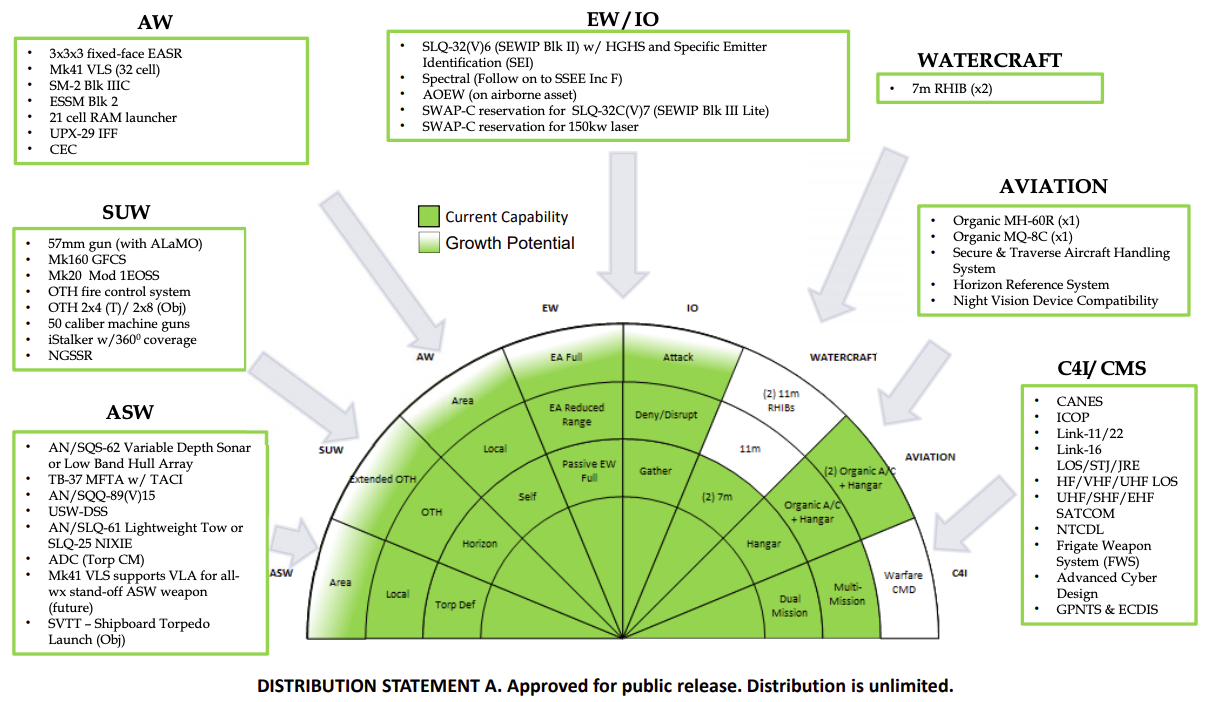To maintain a credible nuclear threat, the U.S. needs at least 12 Columbia-class ballistic missile submarines, says the Navy’s director of undersea warfare.
The first Columbia-class SSBN submarine is not expected to join the fleet until 2027, but Navy officials and analysts are already making the case to extend the program of record beyond what is currently envisioned to be a fleet of 12 SSBNs.
“If you look at the nuclear posture review, the number is really at least 12,” Rear Adm. John Tammen (OPNAV N97) said during a Tuesday panel discussion with experts at the Heritage Foundation.
The Navy’s best chance to secure funding from Capitol Hill hinges on bringing down the cost-per-sub while proving the platform’s utility, agreed the experts joining Tammen on the panel. Speaking with Tammen were Bryan Clark a Senior Fellow, Center for Strategic and Budgetary Assessments, James Acton a Senior Fellow and Co-Director for Nuclear Policy Program, Carnegie Endowment for International Peace, and Thomas Callender a Senior Research Fellow for Defense Programs at The Heritage Foundation.
The current SSBNs, the Ohio-class ballistic missile submarines, are nearing the end of their expected lifespan. Building the Columbia class to replace the Ohio class is the Navy’s top priority, and the Chief of Naval Operations Adm. John Richardson wants the Columbia class in the fleet as soon as possible, Tammen said.
By design, SSBNs are intended to move silently into position and the ballistic missiles they carry are supposed to be undetected. However, the deterrent is brittle and Russia and China are sinking a lot of resources into improving their submarine-hunting capabilities, Clark said.
“You have a bunch of eggs in a basket; if you take out that submarine, you’ve eliminated all of those weapons all at once,” Clark said. “That makes it very important that we have not just one submarine out there being our sea-based deterrent but a number of submarines.”
A more immediate threat facing the Columbia-class submarines is the program’s ability to survive the congressional appropriations process. The Columbia-class submarines are relatively expensive, costing about $6 billion each, Clark said. There’s a lot of pressure to try to reduce those costs. The entire program is expected to cost about $102 billion, according to an October 2018
“You see a lot of discussion on the Hill with the new Democratic majority that they want to look at nuclear modernization as an area to try to achieve savings that could be applied to other areas of the military or other uses,” Clark said.
House Armed Services Committee Chairman Rep. Adam Smith (D-Wash.) has in the past questioned the need to devote large sums of money to the nuclear deterrent.
, speaking the Defense News Conference, Smith suggested the reducing spending on the nation’s nuclear arsenal could free up funding for other programs.
Having a fleet of 12 Columbia-class submarines is central to the platform’s effectiveness as a nuclear deterrent, Clark said. The Navy expects its SSBNs to be operational about 70 percent of the time. Eight Columbia-class submarines will be operational if the Navy puts one on patrol in the Pacific and in the Atlantic, plus two or three spares acting as both decoys and backups in case they are needed. The remaining four subs – 25 percent of the Columbia-class – would be undergoing maintenance or training.
While the Columbia-class’ existence will serve as a deterrent to U.S. rivals, the submarines are not the best tool the president has to send signals adversaries, according to Acton. Bombers are likely the best way to send a signal to a nation to follow international norms. Intercontinental ballistic missiles (ICBMs) located on static pads offer the worst means of signaling a possible foe.
“Given the budget pressures, if the goal is really to keep the force’s 12 SSBNs, and like I said, I’m certainly not against that in principle, it seems to me the tradeoff is most likely to be with the ICBM force and form a kind of long-term budgetary perspective. Deciding to think about and make those tradeoffs now is almost most certainly a lot more cost-effective than being forced to make them 10 or 20 years from now,” Acton said.
Ideally, the workforce will be able to speed up submarine production and reduce costs as the builders become more familiar with the design. Tammen expects the production to continue after completing the last Columbia submarine, even if the follow-on submarines are not used to carry nuclear weapons. The payload area can be adapted for a variety of missions, he said.
The Navy started considering converting the SSBN production into a guided missile submarine (SSGN) production line in 2017 when Vice Adm. Bill Merz, Tammen’s predecessor as OPNAV N97, started developing a Tactical Submarine Evolution Plan,
.
The idea, which Tammen and the Navy embrace, is to keep the production lines running by building SSGNs. This way, when it’s time to replace the Columbia class with a new SSBN, the industrial base will already be working on large submarines, instead of having to start the building process from scratch.
“The 30-year shipbuilding plan shows that we are going to continue serial production of a large-volume submarine,” Tammen said.


